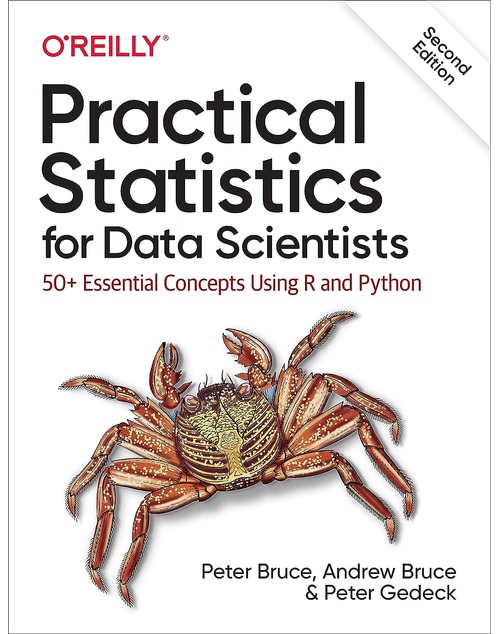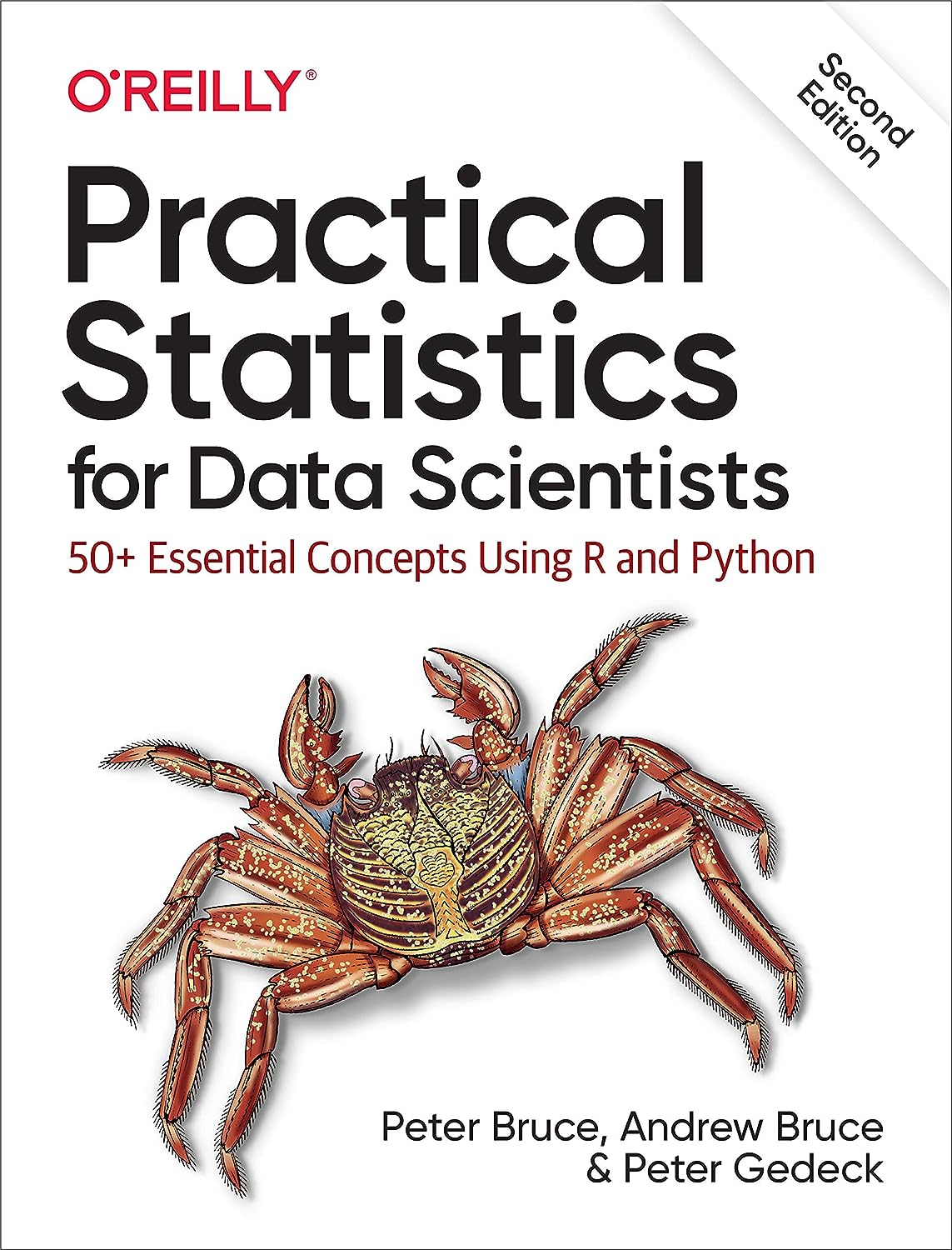Practical Statistics for Data Scientists: Your Essential Guide to Understanding Data
Introduction
In the rapidly evolving world of data science, having a solid foundation in statistics is indispensable. Whether you’re a budding data scientist or a seasoned professional looking to refresh your skills, the book “Practical Statistics for Data Scientists” is a must-have resource. This comprehensive guide bridges the gap between statistical theory and practical application, making it an essential tool for anyone involved in data-driven decision-making.
Why “Practical Statistics for Data Scientists” Stands Out
Comprehensive Coverage
“Practical Statistics for Data Scientists” offers a thorough overview of the most important statistical concepts, techniques, and tools used in the field of data science. From basic descriptive statistics to complex inferential methods, this book covers it all. The content is designed to be accessible, ensuring that readers with varying levels of statistical knowledge can benefit from it.

Real-World Applications
One of the standout features of this book is its focus on practical applications. Each statistical method is illustrated with real-world examples and case studies, demonstrating how these techniques are used to solve actual data problems. This approach helps readers understand not just the theory behind the statistics but also how to apply them in real-world scenarios.
User-Friendly Approach
The authors have taken great care to present the material in a clear and engaging manner. The book is filled with visual aids, including graphs, charts, and tables, which help to clarify complex concepts. Additionally, each chapter includes exercises and examples that allow readers to practice what they’ve learned and reinforce their understanding.
Author Expertise
The authors of “Practical Statistics for Data Scientists,” Peter Bruce and Andrew Bruce, bring a wealth of experience and expertise to the table. Their backgrounds in statistics, data science, and education ensure that the content is both accurate and relevant. Their practical insights and real-world experience make this book an invaluable resource for anyone looking to enhance their statistical knowledge.
Key Features of the Book
Clear Explanations of Core Concepts
The book begins with an introduction to the fundamental concepts of statistics, including probability, distributions, and statistical inference. These core ideas are presented in a straightforward manner, with plenty of examples to illustrate each point. This ensures that readers gain a solid foundation before moving on to more advanced topics.
In-Depth Coverage of Statistical Techniques
As readers progress through the book, they will encounter detailed explanations of a wide range of statistical techniques. These include:
- Descriptive Statistics: Understanding measures of central tendency, variability, and the shape of data distributions.
- Inferential Statistics: Techniques for making inferences about populations based on sample data, including hypothesis testing and confidence intervals.
- Regression Analysis: Methods for modeling relationships between variables, including linear and logistic regression.
- Classification: Techniques for categorizing data, such as decision trees, random forests, and support vector machines.
- Clustering: Methods for grouping similar data points, including k-means and hierarchical clustering.
- Time Series Analysis: Techniques for analyzing data collected over time, including ARIMA models and exponential smoothing.
Practical Guidance on Using Statistical Software
“Practical Statistics for Data Scientists” also provides guidance on using statistical software to implement the techniques discussed in the book. The authors offer tips and best practices for using popular tools such as R and Python, making it easier for readers to apply what they’ve learned to their own data projects.
Emphasis on Data Quality and Ethics
The book emphasizes the importance of data quality and ethical considerations in data science. Readers will learn about the challenges of working with messy data, techniques for cleaning and preprocessing data, and the ethical implications of data analysis. This holistic approach ensures that readers are not only proficient in statistical techniques but also mindful of the broader context in which they are working.
Benefits of Owning “Practical Statistics for Data Scientists”
Enhance Your Data Science Skills
By reading and working through “Practical Statistics for Data Scientists,” you will gain a deeper understanding of the statistical methods that underpin much of data science. This knowledge will enhance your ability to analyze data, draw meaningful insights, and make informed decisions based on your findings.
Improve Your Job Prospects
As the demand for data scientists continues to grow, having a strong grasp of statistics is a valuable asset in the job market. This book will help you build the skills that employers are looking for, making you a more competitive candidate for data science roles.
Stay Current with Industry Trends
The field of data science is constantly evolving, with new techniques and tools emerging all the time. “Practical Statistics for Data Scientists” is regularly updated to reflect the latest developments in the field, ensuring that you stay current with industry trends and best practices.

